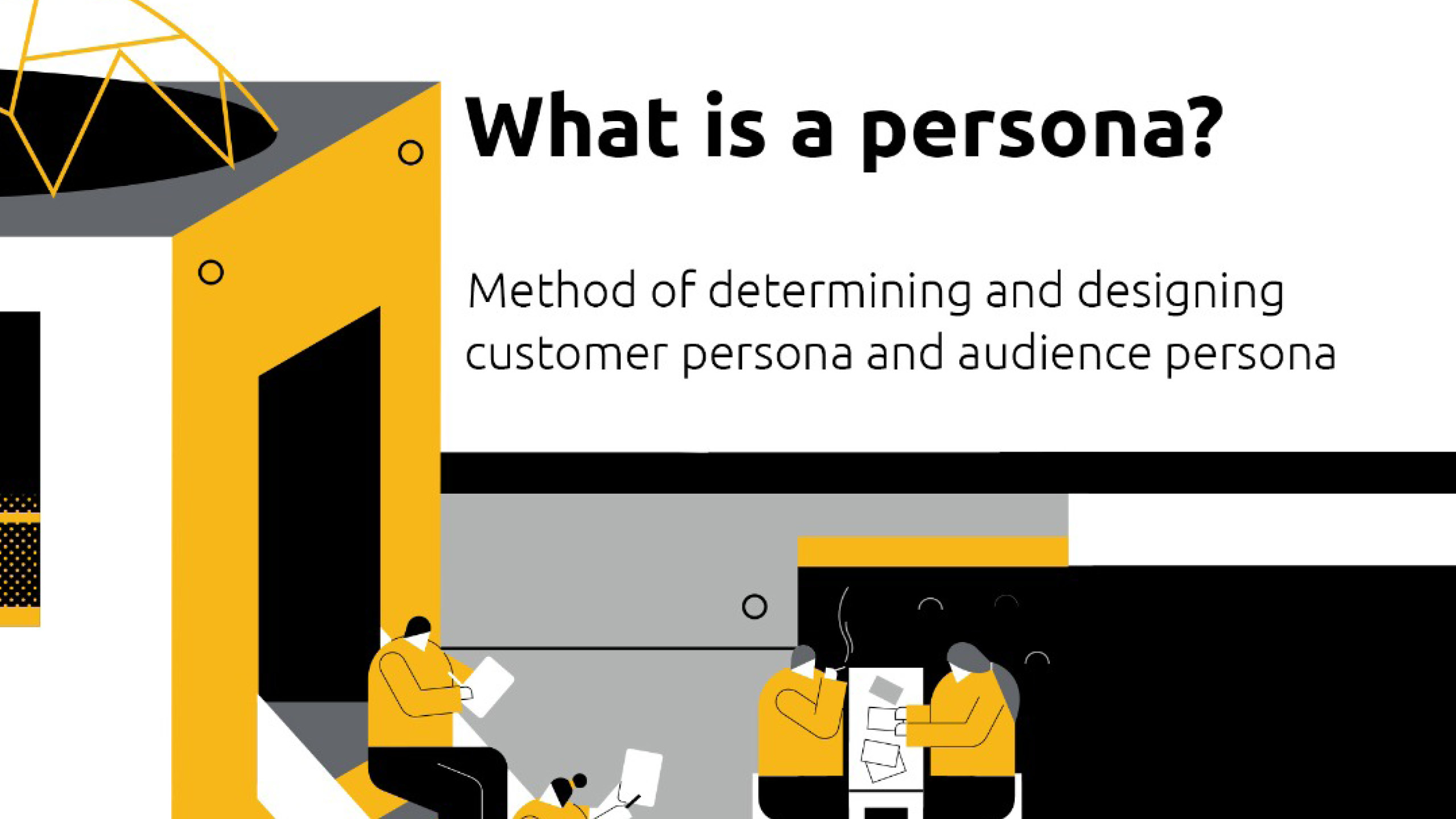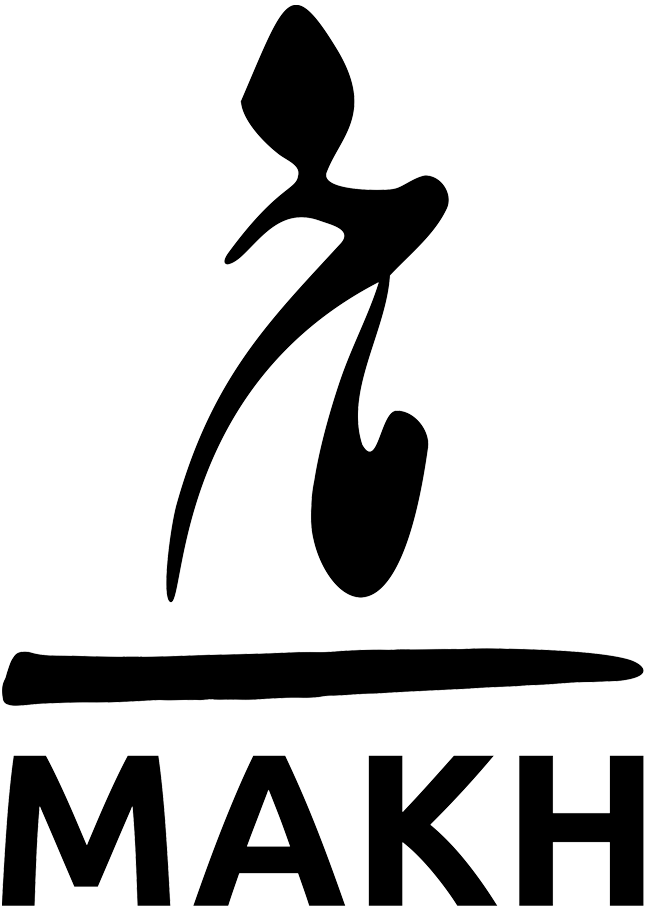

Method of determining and designing customer persona and audience persona
Persona is a term that has become very popular in the last decade.
In the same way, this term is used in a variety of fields, including marketing, digital marketing, content marketing, and customer relationship management.
Moreover content marketing, business models, content presentation, and even product development, and has more or less similar meanings in all of them.
In addition, Audience Persona, Customer Persona, Buyer Persona, and Consumer Persona are all the combinations made and used with the word persona.
What is the definition of persona?
If we accept the assumption that understanding the view and attitude and mental model of the audience and the customer is not necessarily the same as the way we look at the world around us, we can say:
So, the clearer the image of the other side in mind, the more content, product, business processes, and models could be adapted to his needs and wants and better satisfy him.
However, paying attention to the demands, expectations, and attitudes of others is not new and has been considered in different ways in marketing.
As proof, when we talk about market segmentation or target market selection, we specifically mean to see the needs and attitudes.
Besides, concerns of a group of customers or audiences and to align the direction of our activities and planning with them.
But tools and terms like target market and customer segmentation are a bit abstract.
Then the clearer and more realistic the image of the other person in the mind, the more and better we will probably understand him or her.
As yet – before we go into more detail – here are three things to keep in mind:
- Depending on the type of activity and your needs, the appropriate and proper description of the person will change.
- Our persona is valuable when a significant number of our audiences or customers are like that.
- Persona is not supposed to be an accurate description of a large part of our customers.
Additionally, many of our audiences/customers are not going to have the same characteristics.
Rather, their behavior, tastes, and decision-making style must be similar.
What is the benefit of designing a persona and how is it used?
Indeed, recognizing personas can help form a common language in the workplace. But the only benefit of persona is not the common language.
Accordingly, this form of audience and customer persona brings us closer to their world.
Furthermore can help us with idea generation, slideshows, writing and writing, product design, and content marketing.
In fact, we can list several key topics and questions to define a persona, (Question Pool). You can use these types of lists to get a basic idea.
Hence here are some topics and questions:
Demographic factors
One of the first issues that can be considered to define a persona is the demographic characteristics of the persona.
for example:
- Age
- Gender
- Income level
- Type and level of education
- Geographical location and residence (which city? or country?)
Job position and job information
Therefore, in some businesses and products, job position and job information form an important part of the audience or customer persona.
Then the following are examples of job-related factors:
- Is he employed?
- Does he work in a government or private organization? For-profit or non-profit?
- Is he an employee or an entrepreneur?
- How many years of work experience do they have?
- In what job category is it? Is he an expert or a middle manager or a senior manager? Is it an operational activity or a staff job?
- What skills has he acquired through his job? What skills does he need to succeed in his job?
- How does he feel about his current career path? Is it looking for progress in the current direction? Or is he looking for a new path?
Principles, values, and identity
- How does he describe himself in one sentence?
- What are his values at work and in life?
- What is the proud of in his life (personal or professional)?
- Can an individual SWOT matrix be written for him? (In fact, what are its strengths and weaknesses, and what opportunities and threats does it see and perceive in the environment)
- What motivates him?
Goals, aspirations, influencers
- Who or what influences the person we are considering? Who is an influencer for him?
- Who do the giants and great men consider their path? Those who see themselves in their path?
- What does he want from his life?
- What is the dream position he imagines for himself in society (professionally / socially, etc.)?
Challenges
Likewise, we mean the problems or pain points that the customer, buyer, or audience has come to you in hopes of solving.
Lifestyle
- What are their fears and concerns? (Items related to your field of work and activity)
- How is his normal day going?
- What is the priority of his life? Work? Family? His personal life?
- What information do you have about his lifestyle? (Or what do you guess about his lifestyle?)
- Do you have an estimate of his expenses?
- What are his social activities?
- What are their hobbies and how do they spend their free tie?
Resource information
- What methods and channels does the persona get their information from?
- What media does he follow? What sites do they visit? What blogs does he read?
- Which media are considered valid and which media are invalid?
- What kind of books and magazines do they like?

By: Maedeh Mehraein
Head of Marketing




